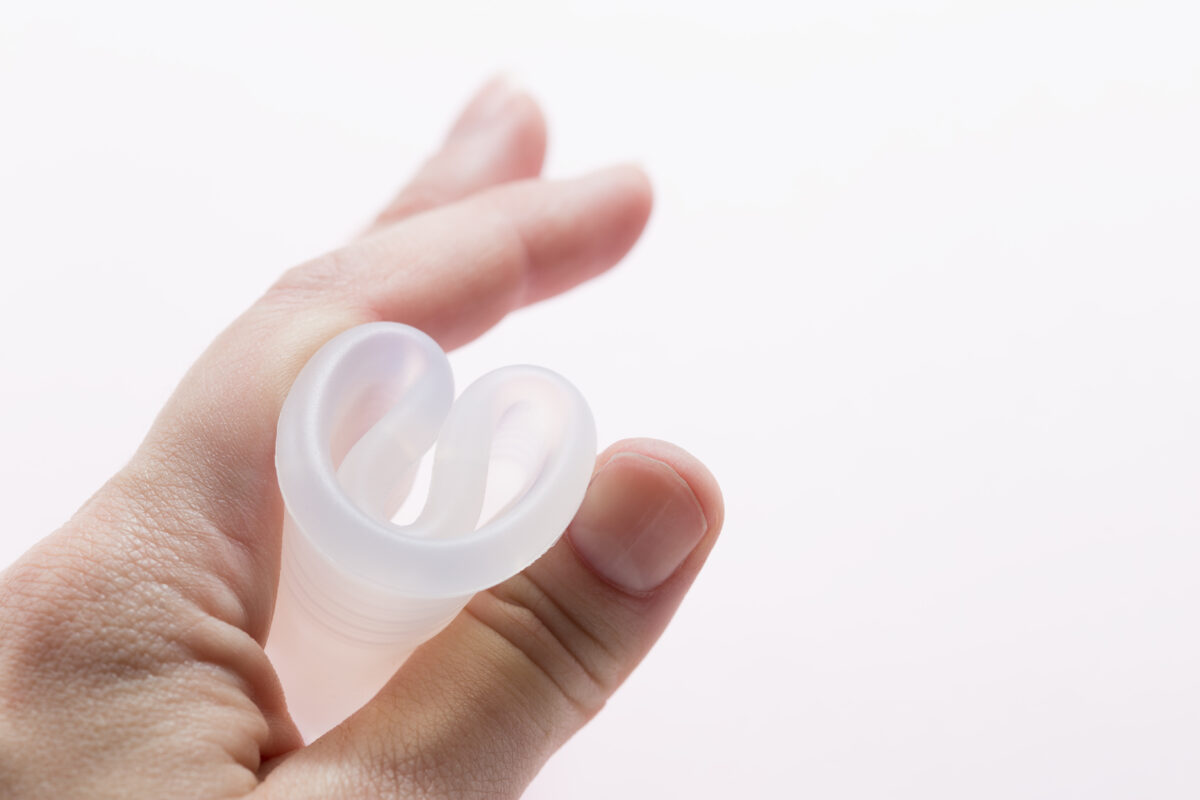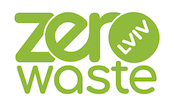Menstrual Cup
What is this?
The menstrual cup, as the name implies, is a small cup-shaped reservoir that is to be inserted to a small depth into the vagina where it collects menstrual blood.
What is it made of?
The cups are made of medical grade silicone. It is absolutely safe for woman’s health.
How to use it?
Before and after the cycle, the cup should be sterilized (boiled), and during the cycle it is recommended to wash it with hot water with hypoallergenic soap, or use an antiseptic. Before installing the cup for the first time, you should practice at home. Wash your hands. Fold the cup as shown in the photo, take a comfortable position and insert the cup into the vagina. It will spring open and create a certain vacuum. It is easy to check it by pulling the cup stem. If it is installed correctly, the cup won’t yield and won’t budge. To remove the cup, again take a comfortable position and just press the bottom of the cup to let in the air and start pulling it out. It’s really not that complicated. You just have to try and find your position.

How often shall it be changed?
The cup shall be kept inside the vagina for a maximum of 8 hours (this is what the manufacturer says, but doctors recommend changing the cup at least once every 3-4 hours).
Risk of leakage
The risk of leakage is minimal, and when properly installed, it diminishes. You can take reusable daily liners or menstrual panties to be on the safe side.
How to choose the right one?
Recommendations for cup selection vary. Some manufacturers recommend picking out cups according to size: S for those who have not given birth, and L for those who have given birth. Others pay attention to firmness: for those who play sports and are more active, stiffer cups are recommended, for a less active lifestyle – the softer ones. There is also a hint: smaller cups are recommended for days with light flow, larger cups – when the flow is heavier.
Price
Cups come in different price segments, but we don’t recommend ordering cups from China (sites like Aliexpress) and from unverified manufacturers. Their quality may be questionable.


 UA
UA